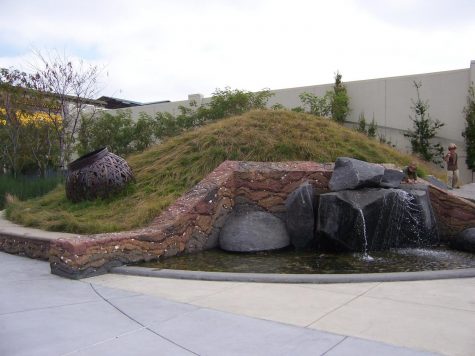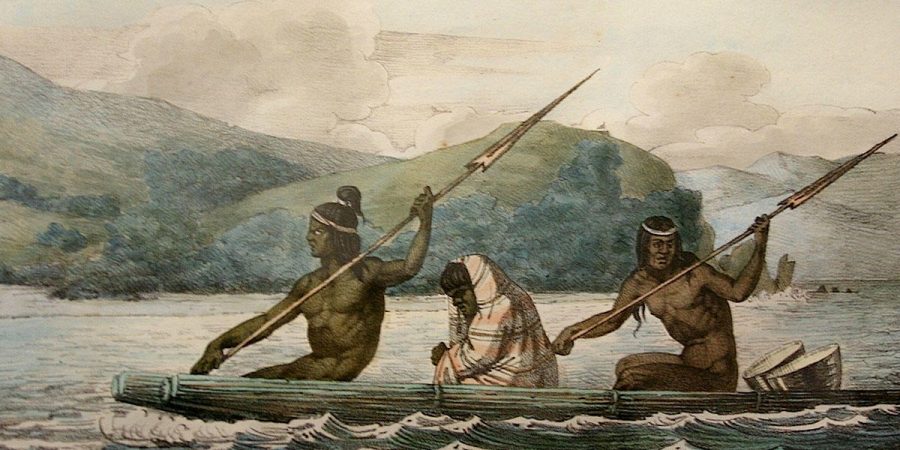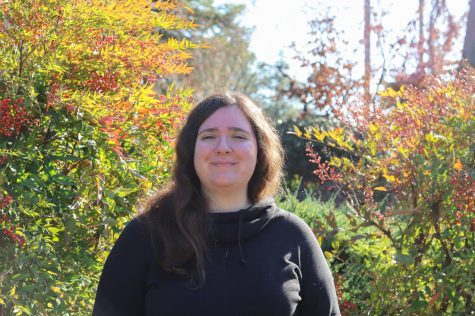Native Remains and Artifacts, Stored at DVC Since the 1960s, Publicly Recognized by President Lamb
December 9, 2020
In an email addressed to faculty last month, Diablo Valley College President Susan Lamb revealed that the college has been in possession of Native American remains and funeral artifacts since the 1960s.
Lamb said that prior to her statement, the issue had not been publicly recognized by the college.
“We have contacted dozens of tribes and consulted with leaders from several Native American tribes regarding the repatriation of these human remains and artifacts,” Lamb wrote in the Nov. 16 email.
The remains must be lawfully returned to their lineal descendants or tribes, according to the 1990 Native American Graves Protection and Repatriation Act, or NAGPRA, which says that human remains of any ancestry “must at all times be treated with dignity and respect.”
According to an inventory report provided to the National Park Services by DVC, the remains at the college are sourced from at least 18 individuals. Currently, these remains have not been traced to a present-day Native American or Native Hawaiian tribe and have not been recognized to hold any known cultural affiliation.
“When I became president in 2018, I was aware of this situation and immediately prioritized working with the college district, the Native American Heritage Commission, the National Park Service, and our legal counsel, to determine how to move forward,” said Lamb.
According to Lamb, returning the artifacts has proven difficult, requiring the aid of a local anthropologist to identify, document and inventory each item.
“As you can understand, these are complex processes that involve multiple tribes and government processes and entities,” Lamb added. “Since these artifacts belong to tribes spread throughout the United States, the repatriation of these items is a much more complex issue which needs to be handled appropriately.”
Lamb said that the college plans to focus on returning the remains and funeral items, then proceeding to the remainder of the artifacts.
Lamb’s letter followed a recent Equity Speaker Series webinar hosted by the Social Justice Program featuring Corrina Gould, a spokesperson for the Confederated Villages of Lisjan/Ohlone.
During her speech, Gould mentioned that institutions across the Bay Area are still holding ancestral remains and artifacts, often recovered from sacred burial sites called shellmounds.

“DVC has our remains at the school,” said Gould. “Every institution in the Bay Area probably has some of our remains there. Our prayer has been to bring these ancestors home and to put them back into the land.”
The University of California, Berkeley, holds one of the largest collections of Native American remains, yet the school “has returned only 20% of some 500,000 artifacts” to tribal descendants, according to Hyperallergic. NAGPRA rules only protect federally recognized tribes.
California currently recognizes 109 Native American tribes, with 45 active tribal communities in the state.
“I ask that each of us at the college treat this process and discussions regarding the remains and artifacts with respect,” said Lamb. “I hope that we as an educational institution can reach a place of acknowledging, understanding, and educating future generations so that we do not repeat our mistakes.”







































































